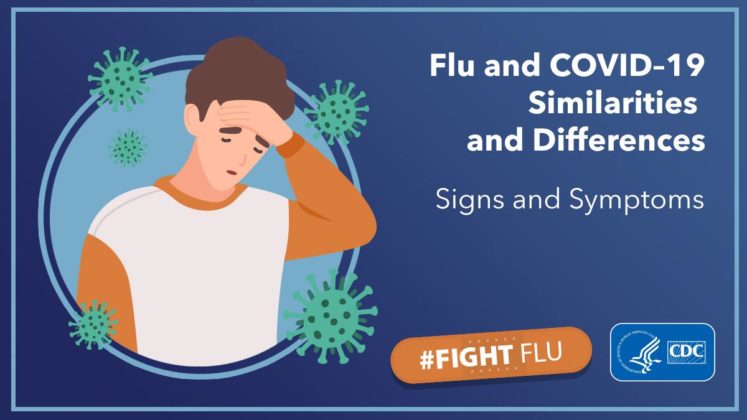For rural hospitals already struggling with COVID-19 hospitalizations, the flu season can present the perfect storm. Double impact of the flu and pandemic could mean even more strain on already stressed health care workers.
Typically during flu season, rural hospitals are busy. And if the hospitals are managing a high volume of COVID-19 patients on top of the regular patient population, beds could quickly reach capacity with not enough staff.
Much attention has been paid in recent months to Iowa’s COVID-19 vaccination rates. State public health officials say Iowa’s overall vaccination rate keeps inching up, but certain groups and parts of the state are lagging behind. Meanwhile, COVID-19 hospitalizations and the state’s test positivity rate have started to increase again.
According to state data, 71 percent of Iowans age 12 and up have had at least one dose of a COVID-19 vaccine, and 68.3 percent of Iowans age 18 and up are fully vaccinated. Thousands of 5- to 11-year-olds got their first dose in the past week.
Only 38.5% of Iowans got their flu vaccine last year. The age group with the highest flu vaccination rate (54%) is children 6 months to 8 years old.
People 50 to 64 years old was the next highest vaccinated group at 46%. The group with the lowest flu vaccination rate is people ages 18 – 49 years at 28%.
UnityPoint Health in Des Moines, Iowa, offers a ton of information about this year’s flu season, including a Midwest influenza activity tracker, an infographic on the dangers of the flu as people age, flu fighting tips and safety information about the emergence of flu season and COVID-19. An animated video educates people on how to tell the difference between the flu and COVID-19.
According to the Centers for Disease Control and Prevention guidance, it’s OK to get a COVID-19 vaccination and other vaccines at the same time. That means health care providers can offer flu shots to people who come in looking for a COVID vaccine, potentially getting more Iowans immunized against the flu.




